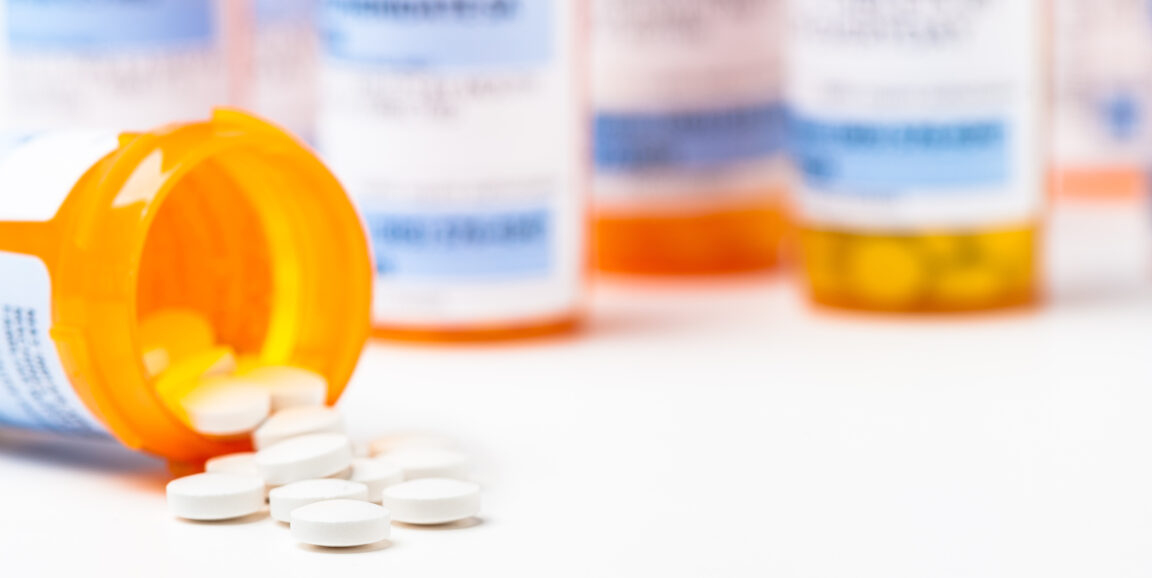The development of the first antidepressants in the 1950s radically changed depression treatment. Newer medications have even greater efficacy and fewer side effects. However, finding the right medication to treat your depression can be tricky.
For Ms. C., drug side effects prolonged her recovery from depression. Soon after starting venlafaxine (brand name Effexor), she experienced hives, general itchiness, and weight gain (a less common side effect for this medication), causing her to stop taking the medication. Because she feared that all drugs would carry the same side effects, she was reluctant to seek an alternative drug. As a result, her depressed mood, lack of interest in activities, sleep problems, and fatigue continued.
In the United States, antidepressant usage has increased from 7.7% of the population in 1999 to 13% in 2014. In 2018, 46% of patients diagnosed with depression were taking a selective serotonin reuptake inhibitor (SSRI), 17% were using an atypical antidepressant, and 16% were taking a selective serotonin and norepinephrine reuptake inhibitor (SSNRI), like venlafaxine.
SSRIs
SSRIs are by far the most commonly prescribed antidepressants. Available since 1987 when fluoxetine (brand name Prozac) was approved, this class of drugs has fewer side effects than most other antidepressants. The most commonly prescribed SSRIs include escitalopram (brand name Lexapro), sertraline (Zoloft), fluoxetine (Prozac), and citalopram (Celexa). Drug choice depends on individual patient tolerance, cost, and clinician experience.
SSRIs appear to treat depression by increasing the activity of serotonin, a molecule in the brain whose shortage is strongly linked to depression. These drugs take a few weeks to reach full clinical effect.
SSRIs can also be used to treat other conditions, including anxiety, which can occur with depression. Like all medications, they do have risks -- the most common side effects of SSRIs include sexual dysfunction, drowsiness, weight gain, insomnia, anxiety, and nausea.
SSNRIs
SSNRIs were developed in 1993, with the introduction of the drug venlafaxine (brand name Effexor). While SSNRIs may have slightly higher efficacy and fewer side effects than SSRIs, their advantage is still small. The most commonly prescribed SSNRIs include duloxetine (brand name Cymbalta), venlafaxine (Effexor), and desvenlafaxine (Pristiq).
Like SSRIs, all SSNRIs have similar effectiveness and may take a few weeks to reach full clinical effect. SSNRIs, which are newer drugs, tend to be more expensive.
SSNRIs appear to treat depression by increasing the activity of both serotonin and norepinephrine, another molecule whose shortage in the brain is linked to depression. SSNRIs should not be taken with other drugs that affect serotonin or norepinephrine levels. SSNRIs can also be used to treat anxiety. Common SSNRI side effects include nausea, dizziness, and abnormal amounts of sweating.
Other drugs approved for depression
If someone is not helped or reacts poorly to SSRIs or SSNRIs, they can be prescribed other antidepressants that have been on the market much longer. These drugs are generally not considered first-line because of side effects. One exception is the atypical antidepressant, bupropion (Wellbutrin), which is prescribed to 14% of patients with depression, according to data provided by IQVIA. There has also been recent interest in using ketamine, a hallucinatory drug, to treat depression.
Alternative herbal remedies
Herbal remedies for depression are not consistently effective and can interact negatively with prescription antidepressants. Some people take St. John's wort and SAMe (S-adenosylmethionine), though neither is approved by the Food & Drug Administration. Though potentially useful for mild depression, these and other supplements, like fish oil, hydroxytryptophan (5-HTP), and L-theanine, should be used only after talking with your doctor.
To maximize their effectiveness, treatments for depression need to be customized. As in Ms. C.'s case, particular drugs may not work well or side effects can be significant. Finding the right medication and the right dosage can require trial and error, but that doesn't mean that the right plan cannot be found.
Most of these drugs don't make people feel significantly different. Though symptoms often resolve after 12 weeks of taking antidepressants, most patients should stay on the antidepressant for six to 12 months or more to prevent depression from returning. In addition, there is a common misperception that antidepressants can increase risk of suicide, but no clear evidence shows this to be true.
Lastly, while antidepressants can do much to relieve the symptoms of depression, the most effective plan involves a combination of medication, talk therapy, and modifying health behaviors.
This is the fourth in a series of blog posts, Taking Depression Seriously, that aims to help patients and family members better understand depression as a chronic disease and more successfully navigate the health care system. The next blog will highlight the different types of talk therapy available and evaluate their efficacy. Data regarding drug usage trends in the U.S. extracted from the National Disease and Therapeutic Index, which is a nationally representative physician survey produced by IQVIA.
Sophia Xiao is a masters degree student in Community Health and Prevention Research at Stanford University. She studies barriers to health care and the role of public health education in improving access to care. Stanford professor and primary care physician Randall Stafford, MD, PhD, studies strategies to improve chronic disease treatment, including increasing the role of patients in their health care.
Photo by Eric Hood






